
Top Foods to Avoid After 60 for Better Health

As we grow older, our bodies undergo a series of natural changes that affect how we process food, absorb nutrients, and manage our health. After the age of 60, making the right dietary choices becomes even more critical. Certain foods that once seemed harmless—or even healthy—can now increase the risk of chronic conditions, disrupt medications, and impair your overall well-being. By identifying and avoiding the most problematic foods, seniors can take meaningful steps toward healthier aging and a better quality of life.
Why Food Choices Matter More After 60
Once we cross the 60-year mark, our metabolism slows down, digestion becomes more sensitive, and our immune system weakens. At the same time, many older adults begin managing multiple medications, making diet an even more important factor in maintaining balance. The wrong foods can increase the risk of high blood pressure, elevated cholesterol, diabetes, and inflammation—and in some cases, reduce the effectiveness of essential medications.
Top Foods to Avoid After 60
1. Processed and High-Sodium Foods
Processed foods—such as frozen meals, canned soups, deli meats, and snack foods—often contain dangerously high levels of sodium. While convenient, these foods can raise blood pressure, stiffen arteries, and increase stroke risk without showing any early symptoms. Even everyday items like bread and cereal may have hidden salt. Look for "low-sodium" or "no salt added" options whenever possible.
2. Sugary Drinks and Juices
After 60, your body processes sugar less efficiently. Beverages like soda, sweetened coffee drinks, and store-bought fruit juices can lead to blood sugar spikes, inflammation, and increased risk of diabetes. Many of these drinks pack more sugar than a dessert. Opt for water infused with fruit slices, herbal teas, or diluted 100% fruit juice to satisfy your thirst without the health risks.
3. Artificial Sweeteners
While sugar-free products may seem like the better choice, artificial sweeteners aren’t risk-free. Research shows they may disrupt gut bacteria and glucose metabolism, and potentially increase cravings and weight gain. Some people also experience bloating or digestive discomfort. Natural sweeteners like stevia or honey (in moderation) may be a safer alternative.
4. Fried and Fast Foods
Fried foods are high in unhealthy fats and calories while offering little nutritional value. As your metabolism slows and digestion becomes more fragile, fried meals can increase inflammation, cholesterol levels, and strain your digestive system. These foods may be harder to tolerate now than they were in younger years.
5. Grapefruit and Medication Interactions
Grapefruit can interfere with the way your body metabolizes certain medications, including blood pressure drugs, statins, and sedatives. It can increase drug potency to dangerous levels. Always ask your healthcare provider if grapefruit should be avoided with your prescriptions.
6. Raw or Undercooked Foods
Weakened immunity makes older adults more vulnerable to foodborne illnesses. Raw eggs, undercooked meats, raw sprouts, and unpasteurized dairy can harbor harmful bacteria. These foods can lead to serious health risks, including dehydration, infections, or even sepsis. Ensure meats are cooked thoroughly and dairy is pasteurized.
7. Caffeine
Caffeine affects older adults more strongly. It lingers longer in the system, potentially disturbing sleep, raising blood pressure, and increasing anxiety or acid reflux. While you don’t need to cut it out entirely, consider reducing your intake or avoiding caffeine later in the day.
8. Alcohol
Alcohol’s impact intensifies with age. It slows liver function, affects balance, disrupts blood sugar regulation, and interacts with many medications. Even moderate drinking can lead to complications. If you choose to drink, do so mindfully and in small amounts.
9. Hard-to-Chew Foods
Dental health often declines with age, but nutrition shouldn't suffer because of it. Swap out tough foods for softer, nutrient-dense alternatives: steamed vegetables, ground meats, flaky fish, bananas, berries, melons, and canned low-sodium vegetables. These options maintain nutritional value while being easier to chew.
10. High-Glycemic Carbohydrates
White bread, white rice, and other refined grains digest quickly and cause sharp blood sugar spikes. Over time, this can worsen insulin resistance, fatigue, inflammation, and joint pain. They also contribute to belly fat and increase heart disease risk. Instead, choose whole grains like quinoa, brown rice, and oats for longer-lasting energy and better blood sugar control.
Smarter Food Choices for Healthy Aging
Knowing what to avoid is just the beginning. Focus on nutrient-dense foods that fuel your body:
-
Lean proteins (like chicken, fish, eggs, legumes) help preserve muscle mass.
-
Whole grains support digestive and heart health.
-
Fruits and vegetables provide antioxidants and essential vitamins.
-
Healthy fats from avocados, nuts, and olive oil enhance brain function and aid nutrient absorption.
-
Calcium-rich foods like yogurt, tofu, and leafy greens help maintain strong bones.
If you're unsure where to start, a consultation with a nutritionist specializing in senior health can be a smart step. Aging well isn’t about restriction—it’s about making smarter choices that support vitality, energy, and quality of life.
Remember: It’s never too late to take better care of your body. The right nutrition after 60 can help you feel better, move easier, and live longer—on your own terms.
News in the same category


Busy Work Schedule: Is Sleeping Only 5–6 Hours a Night Harmful?
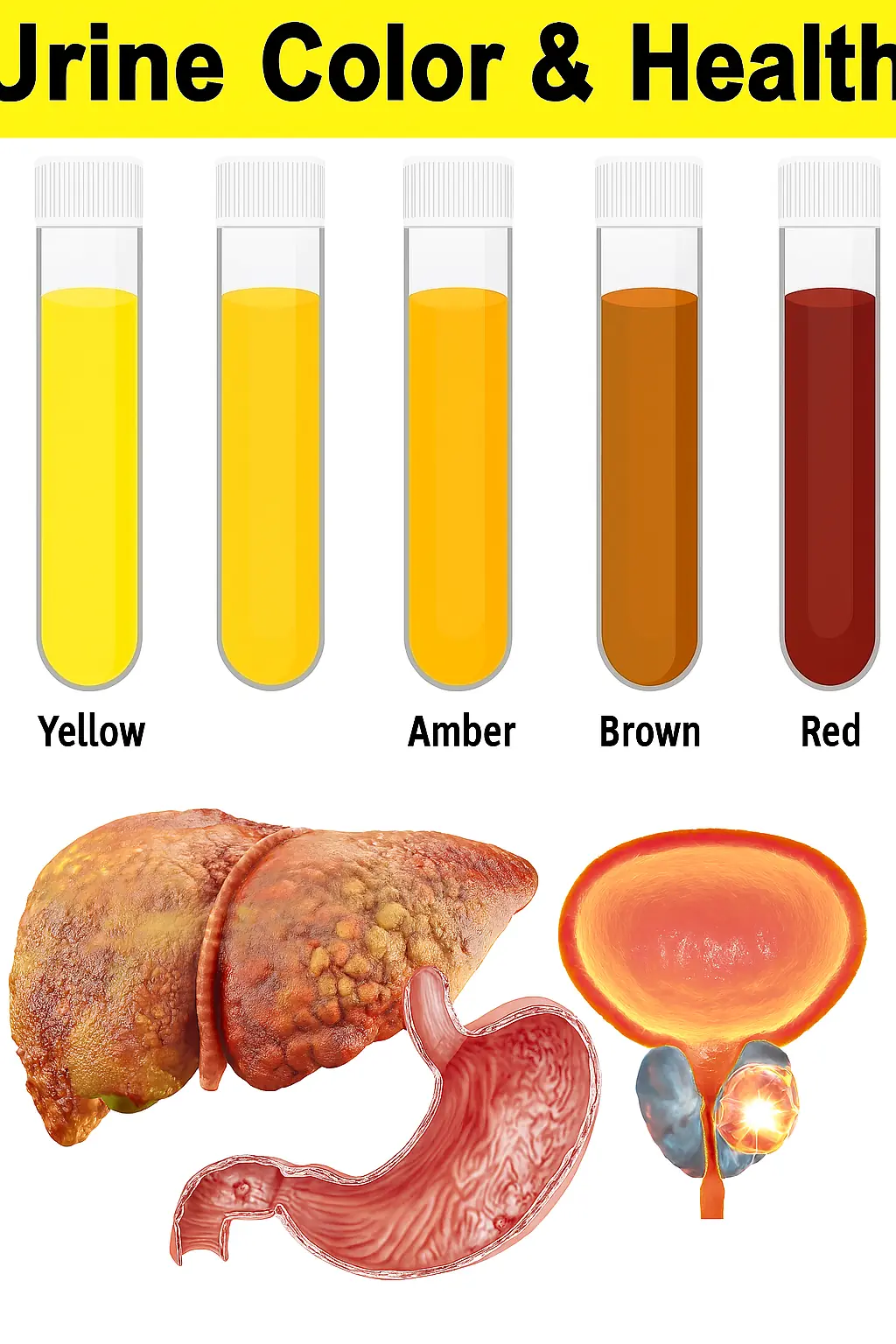
What Your Urine Color Really Says About Your Health (It’s More Interesting Than You Think)

Doctor Warns: 4 Food Storage Habits in the Refrigerator That May Cause Cancer

Visible Veins in the Hands: Health Signs You Shouldn’t Ignore

Kidney Cancer in Children: Warning Signs Parents Should Never Ignore

Two Pig Parts That May Contain Cancer Cells: Avoid Them to Protect Your Health

13 Fatal Mistakes When Using Lemon Water That You Need to Avoid

Two Spoons in the Morning: A Natural Remedy for Bone Pain, Diabetes, Nerve Health, and Depression

Warning from Hospital : Eating this type of meat daily may increase cancer risk – Don’t ignore it!

Men Who Neglect This Crucial Practice Face 45% Higher Risk of Prostate Cancer

3-Year-Old Boy Gets Super Glue in His Eye: Mother's “Golden 30 Seconds” Action Saves Him from Blindness

Unlocking the Power of Thyme: Combat Poor Circulation, Fatty Liver, High Blood Pressure, and Anxiety

15 Common Warning Signs of Cancer
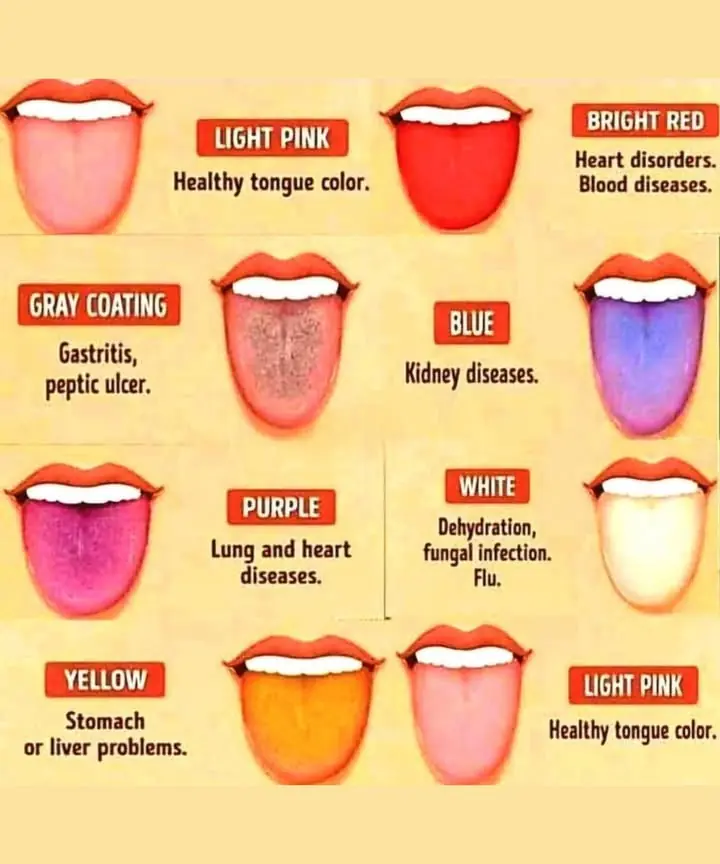
What Your Tongue Color Says About Your Health!

Nail Cancer Often Overlooked: A Dark Streak Could Be a Silent Warning
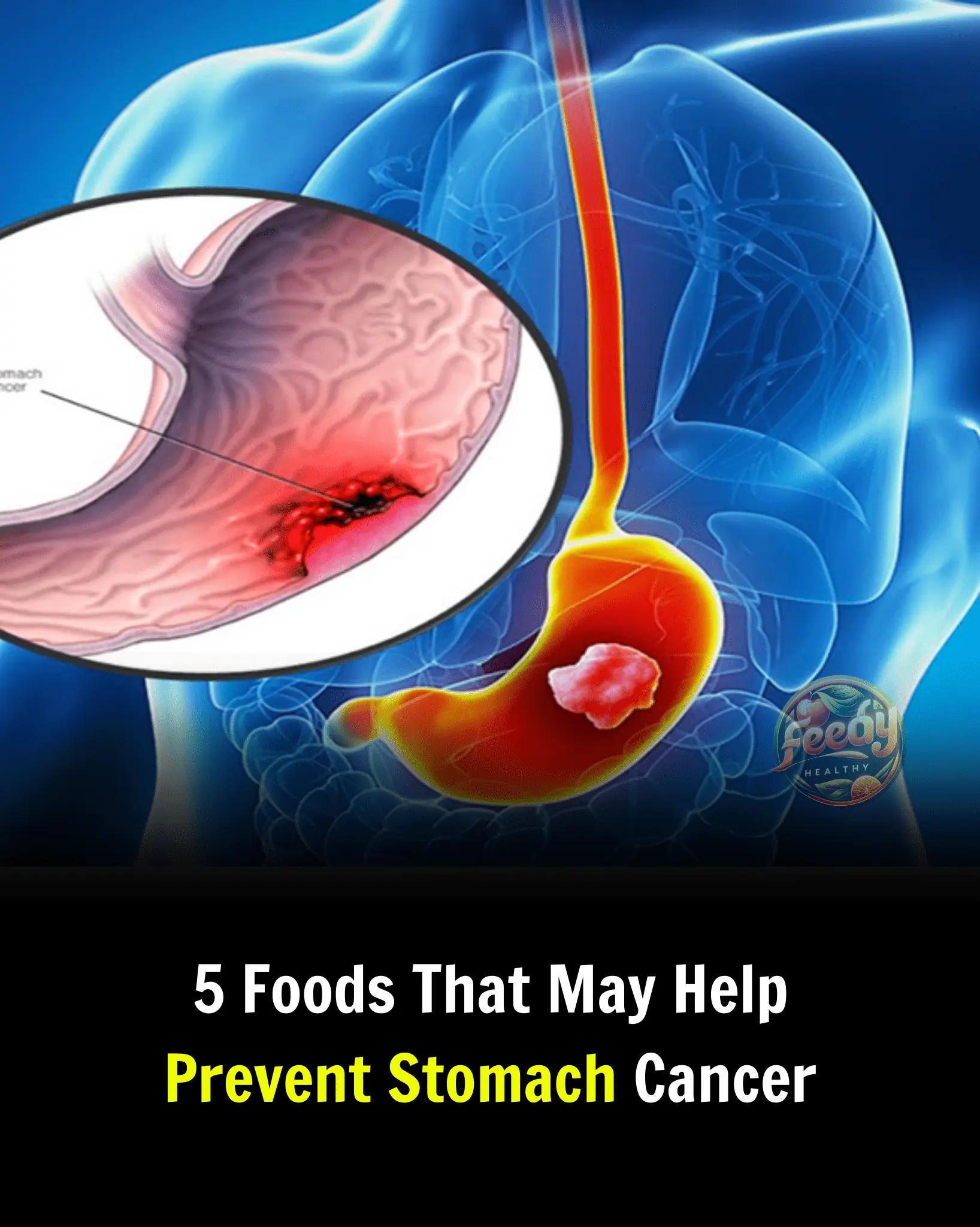
5 Foods That May Help Prevent Stomach Cancer

The Benefits of Boiled Eggs: Nutrition and Recipes You Should Try
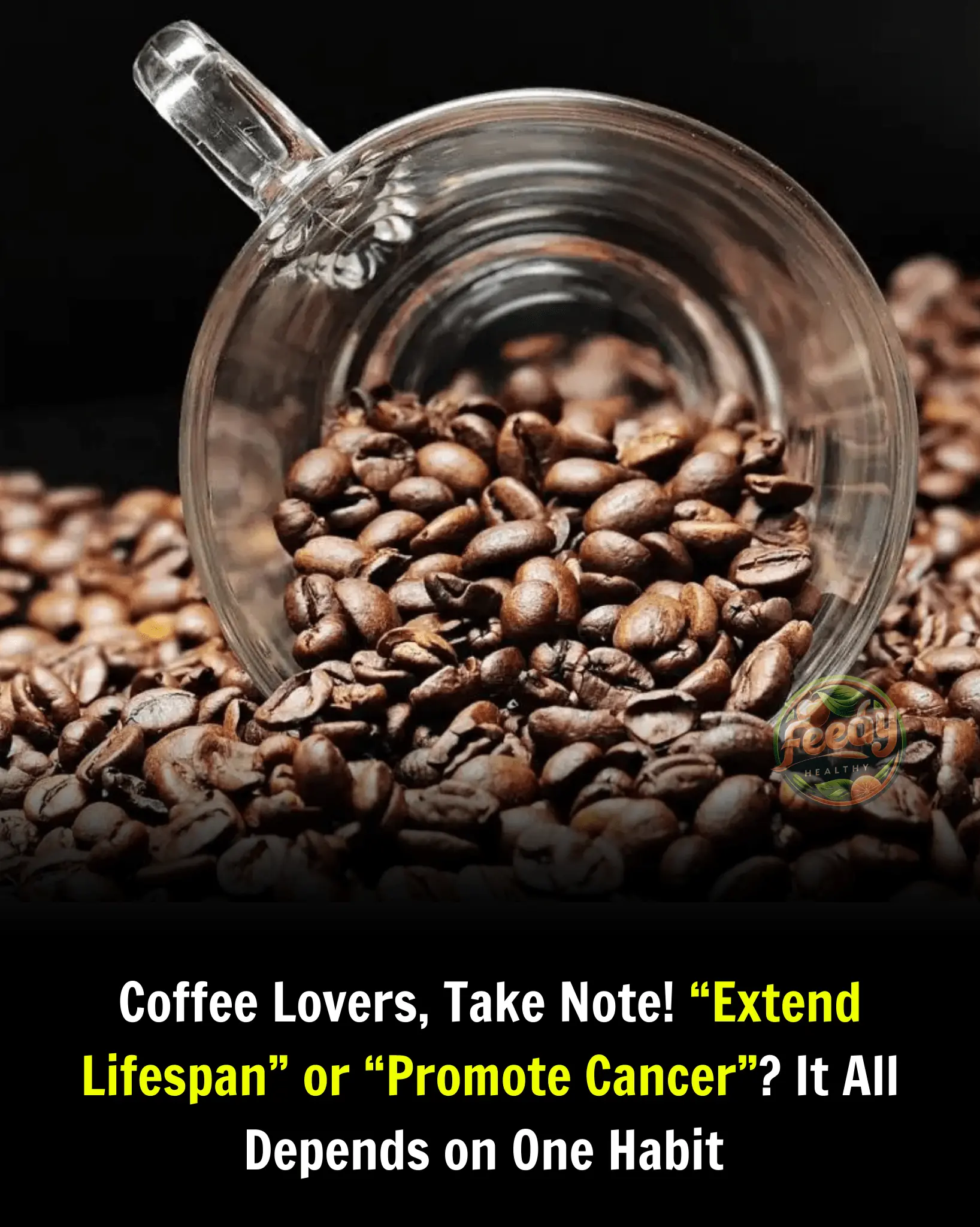
Coffee Lovers, Take Note! “Extend Lifespan” or “Promote Cancer”? It All Depends on One Habit
News Post

Unveil Stunningly Dark Mehndi with This Kitchen Spice Secret

How to Make Honey Fermented Garlic – A Natural Immune Booster

Homemade Parsley Mask for Aging Skin
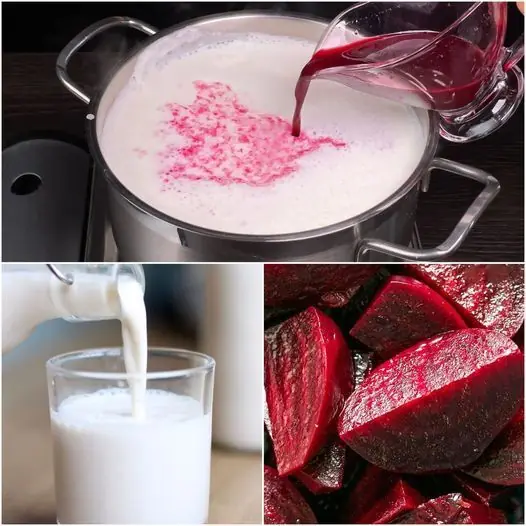
Pour Beets into Boiling Milk! You Won’t Go to the Store Anymore – Only 3 Ingredients! 🥛

Drink a Glass of Garlic Water Every Day – See What Happens to You

Cucumber and Okra Water: 6 Amazing Benefits

Honey, Lemon Juice, Onion, Garlic, and Grated Ginger – A Powerful Natural Remedy

📝 Raspberry Swirl Coconut Snowball Cake 🍰🍇❄️

🥜🍫 Peanut Butter Dream Bars 🍫🥜

💖🍇 Pink Cotton Candy Grape Cocktail 🍭✨
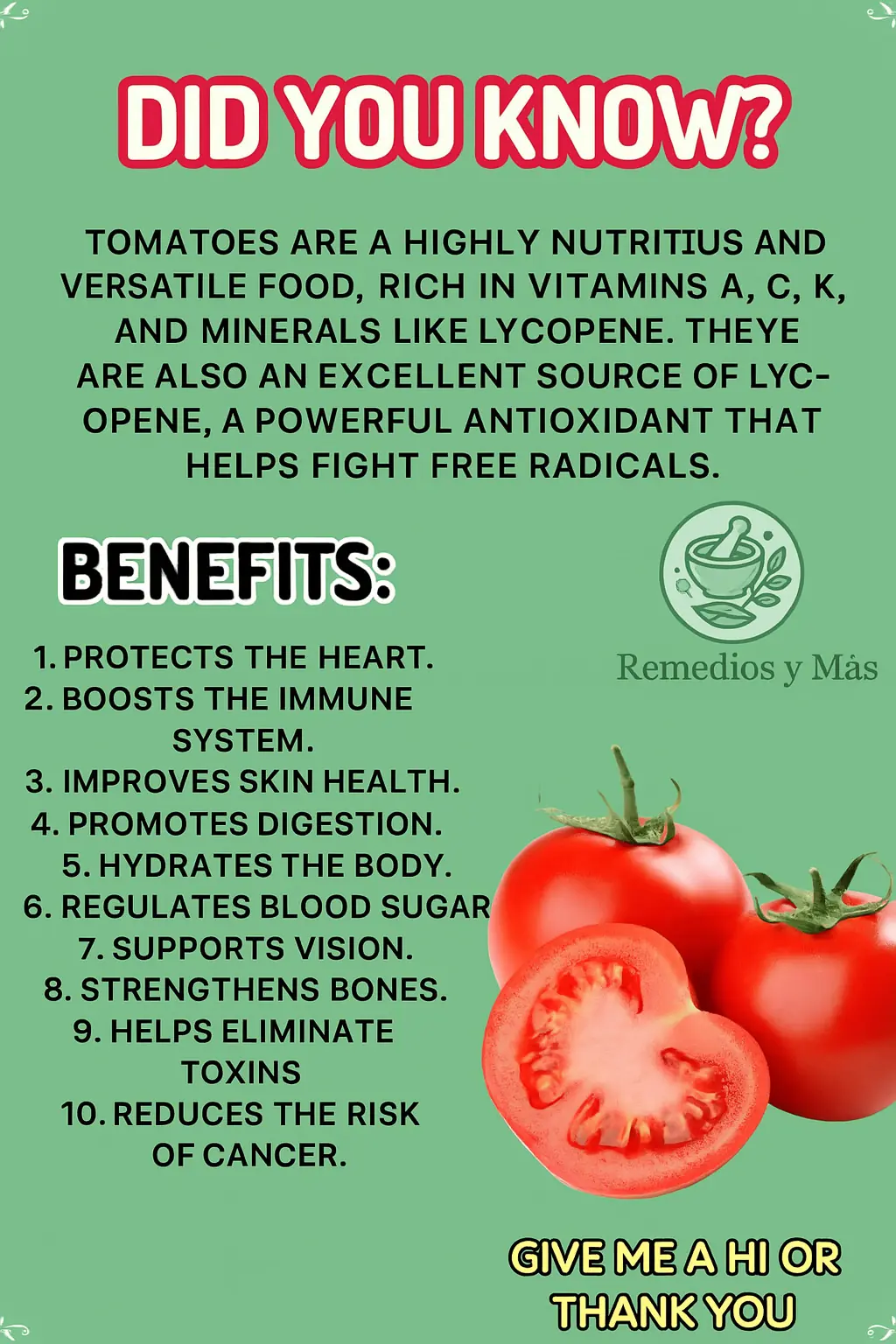
The Wonderful Health Benefits of Tomatoes

Benefits of Boiled Banana with Cinnamon: A Powerful Natural Remedy
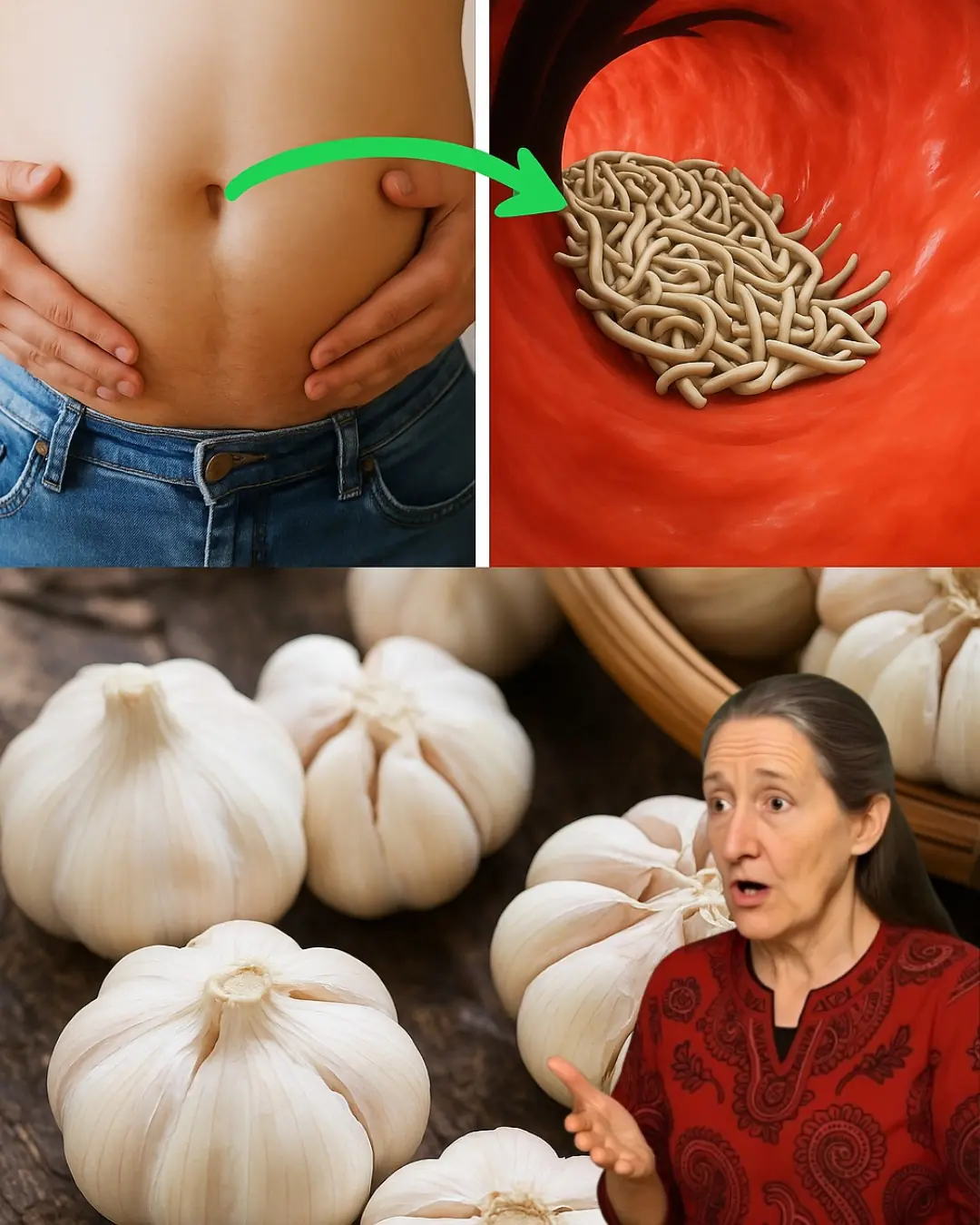
11 Garlic Secrets That Will Transform Your Health

Prostate Cancer: 4 Symptoms Commonly Mistaken for Other Conditions

Blind, epileptic dog was found in box, thought to be dead — but now he’s made an incredible recovery

🍒🍫 Cherry Chocolate Chip Cake 🍫🍒

🍪✨ Peanut Butter Hazelnut Swirl Cookies ✨🍪

🍪❤️ Raspberry Chocolate Chip Cookies ❤️🍪
